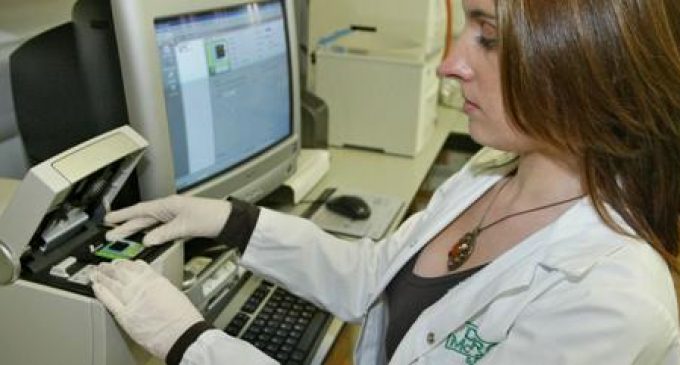New Teagasc Horticulture, Forestry and Education Facilities Open in Dublin

The Teagasc Development of new Horticulture, Forestry and Education Facilities at its campus in Ashtown, Dublin has been officially opened. Over €2.1 million has been invested in facilities including a modern Glasshouse equipped with advanced systems for research, a turf grass academy, a Horticultural Utility Building, a large multi-span Forestry polytunnel and additional polytunnells and structures which have various specific uses.
The other primary piece of infrastructure on the site is the Mushroom research unit which has 100m2 of growing area to support a dedicated mushroom research programme. These new facilities underline a Teagasc commitment to the Horticulture sector and compliment already existing facilities on the Ashtown campus, including conference centre and facilities associated with the Food research programme.
Speaking at the opening, Andrew Doyle TD, Minister of State at the Department of Agriculture, Food and the Marine, said: “I firmly believe the development we witness today is a tribute to the wisdom and foresight of the Teagasc Board when they took the decision to approve this investment; it clearly was the right decision and has resulted in facilities of an appropriately high standard being available for Horticulture and Forestry staff. Furthermore, it represents a key resource for the relevant sectors and for students and academics alike.”
Teagasc Chairman, Dr Noel Cawley said: “Horticulture and Forestry are becoming increasingly more important land-use sectors in Ireland. Teagasc are pleased to have made these investments in state-of-the-art facilities which will enable the excellent research to continue and to develop further. The Ashtown campus, through this and previous investments, is now well equipped to provide the standard of Research, education and training required by technologically advanced sectors.”
This investment followed a decision taken as part of the Teagasc change programme which saw the Teagasc Kinsealy campus close and horticulture, forestry and education activities moved to the Ashtown campus, where Teagasc already has a food research centre. The investment was funded through the disposal of Teagasc assets and Teagasc funding from the Government.
The upside to embedding the Horticulture Development Department, and ultimately the horticulture research programme, on the Ashtown campus will be three-fold: The opportunity to conduct research and development in new state of the art facilities will be more appropriate to current commercial requirements; the increased capacity that the Ashtown site provides to cross-pollinate with the Food research programme cannot be underestimated; opportunities to develop synergies with horticulture education and forestry colleagues on the site are evident.
The Teagasc horticultural education programme, as operated by the College of Amenity Horticulture, is now integrated into the Ashtown Campus, using the facilities for the past year. Students attending the College of Amenity Horticulture spend time learning at both the Teagasc teaching facilities in the National Botanic Gardens and in Ashtown. The education programme delivery includes, Landscape construction, Hort Production Mechanisation at Advanced cert Level 6, degree level 7 and sports turf science and maintenance at Level 6 and fruit and vegetable production and plant propagation at Level 5. The nursery facilities in the glasshouse are also being used for final year degree students who wish to do projects in nursery stock production.
The forestry research facilities at Ashtown are an important element of the overall Teagasc forestry programme and significant synergies exist with Teagasc research in environment, soils, horticulture, plant breeding, plant pathology and rural economics. The Ashtown facilities include a purpose built multispan polytunnel used to house the Teagasc Improved Seed Orchard, consisting of our native downy and silver birch and alder collections. This new glasshouse, with its many compartments, individually temperature and shading controlled offers tremendous opportunities for further forestry research. The research work involving breeding for resistance to ash dieback is of strategic importance for Teagasc and for the forestry sector.







